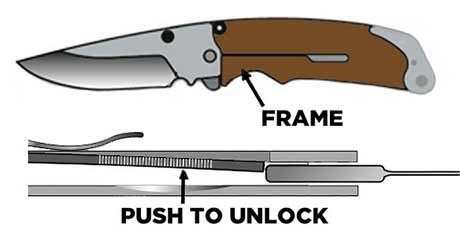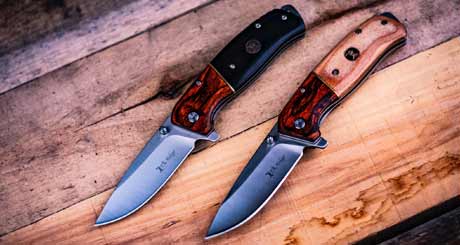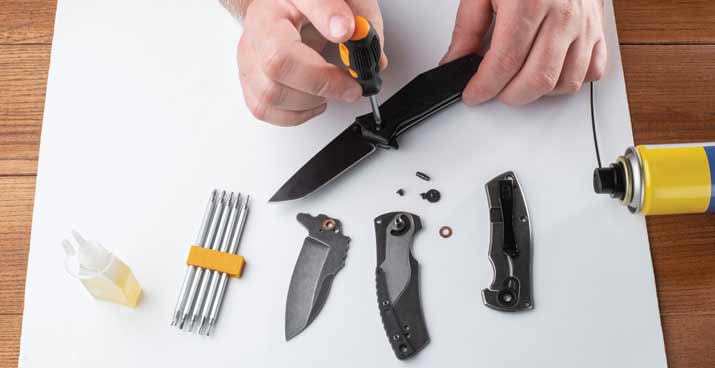Knife Parts – The Blade
A more recent innovation is knife blades which are made out of very hard ceramics, usually zirconium oxides. The extreme hardness of ceramic knives allows them to maintain their sharpness up to 10x longer than traditional steel knives. The drawback to the increased hardness of the ceramic blades is that they are relatively brittle and may shatter or crack if used to pry or cut frozen foods. Also, most ceramic blades tend to chip when dropped, view website.

Another potential drawback is that ceramic blades cannot be sharpened with the usual ceramic whetstone (or sharpening wheels). A material harder than the blade must be used, which in this case requires diamonds which is why some manufacturers offer a complimentary sharpening service with each purchase. Otherwise, it is recommended that ceramic knives are sharpened with industrial grade diamond sharpeners.
Types of Blades
The blade of the knife consists of 3 main parts: the Tip, the Spine, and the Cutting Edge.
The most desirable type of blade is the taper ground. During manufacture, the knife’s blade is forged from a single sheet of metal and, as the name implies, is then ground to taper smoothly from the spine to the cutting edge.
Some blades are beveled, not continuously tapered. The bevel is a sharper angle ground in to form the cutting edge. A beveled edge is not as sharp as a continuously tapered one. Your most frequently used knife should be made with a taper ground blade.

Hollow ground blades are typically made from 2 sheets of metal, with their edges either beveled or fluted. The “hollows” (also referred to as kullens) of the blade reduce friction while slicing. As a result, these blades are most commonly found on specialty knives such as those used for slicing (bread) or carving (ham, turkey, beef). Although these knives usually have very sharp edges, they typically lack the balance and longevity of taper ground blades.
It should be noted that some Santoku knives are available with hollow ground blades. These knives are typically made outside of Japan with softer, single alloy steels. Since the scallops create air pockets which reduce friction between the blade and material being sliced, the knife appears to be sharper. Traditional Santoku knives should not have hollows since they rely on the inherint quality of the steel and the Japanese edge geometry for their sharpness.

